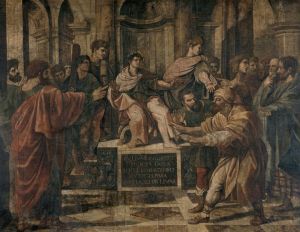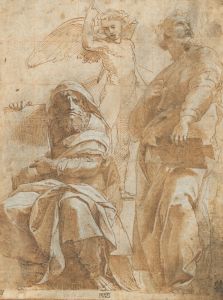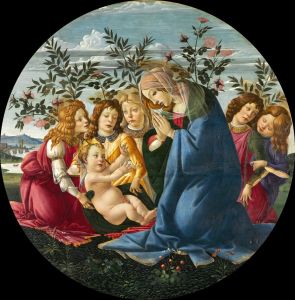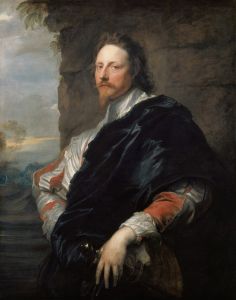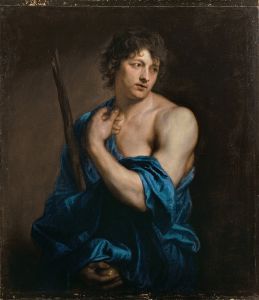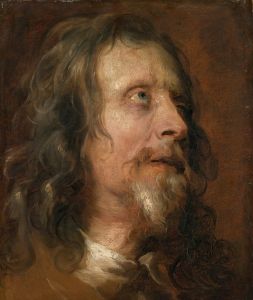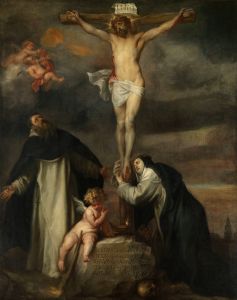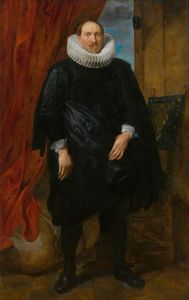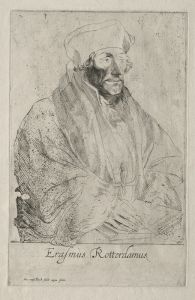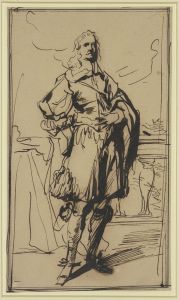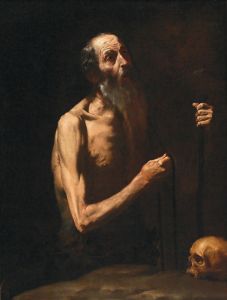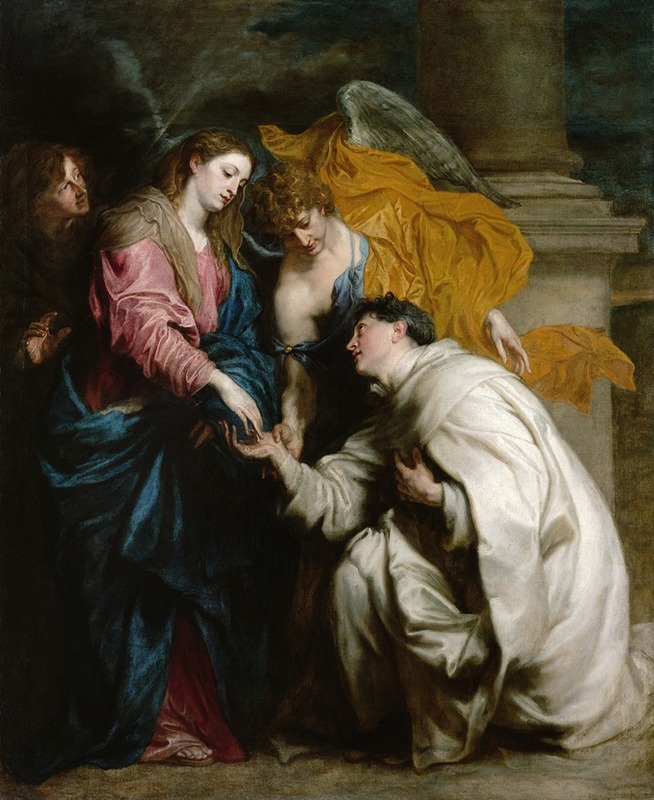
The Vision of the Blessed Hermann Joseph
A hand-painted replica of Anthony van Dyck’s masterpiece The Vision of the Blessed Hermann Joseph, meticulously crafted by professional artists to capture the true essence of the original. Each piece is created with museum-quality canvas and rare mineral pigments, carefully painted by experienced artists with delicate brushstrokes and rich, layered colors to perfectly recreate the texture of the original artwork. Unlike machine-printed reproductions, this hand-painted version brings the painting to life, infused with the artist’s emotions and skill in every stroke. Whether for personal collection or home decoration, it instantly elevates the artistic atmosphere of any space.
"The Vision of the Blessed Hermann Joseph" is a painting by the renowned Flemish Baroque artist Anthony van Dyck. Van Dyck, born in 1599 in Antwerp, was a prominent painter known for his portraits and religious works. He was a leading artist of the 17th century and became the principal court painter in England for King Charles I.
This particular painting, "The Vision of the Blessed Hermann Joseph," depicts a mystical experience of Hermann Joseph, a Premonstratensian canon and mystic who lived in the late 12th and early 13th centuries. Hermann Joseph was known for his deep devotion to the Virgin Mary, and he reportedly experienced visions throughout his life. He was beatified by the Catholic Church, and his feast day is celebrated on April 7.
In the painting, van Dyck captures the moment of one of Hermann Joseph's visions. The composition typically features Hermann Joseph in a state of reverence or ecstasy, often kneeling or in a humble posture, with the Virgin Mary appearing to him. The Virgin Mary is usually depicted in a graceful and serene manner, emphasizing her divine and maternal qualities. Van Dyck's skillful use of light and shadow, as well as his attention to detail, bring a sense of realism and spiritual intensity to the scene.
Van Dyck's work is characterized by its dynamic compositions and the emotional depth of its subjects. In "The Vision of the Blessed Hermann Joseph," these elements are evident in the way he portrays the interaction between the earthly and the divine. The painting reflects the Baroque style's emphasis on movement, contrast, and emotional engagement, drawing the viewer into the mystical experience of the saint.
The painting is an example of van Dyck's religious works, which, although less numerous than his portraits, demonstrate his ability to convey spiritual themes with sensitivity and grace. Van Dyck's religious paintings often explore themes of piety, devotion, and divine intervention, aligning with the Counter-Reformation's emphasis on religious art as a means of inspiring faith and devotion.
"The Vision of the Blessed Hermann Joseph" is housed in the Kunsthistorisches Museum in Vienna, Austria. The museum is home to an extensive collection of artworks from various periods, and van Dyck's painting is part of its significant holdings of Baroque art. The museum provides a context for understanding the painting within the broader scope of European art history and the development of religious imagery during the Baroque period.
Van Dyck's influence on subsequent generations of artists was profound, and his works continue to be studied and admired for their technical mastery and emotional resonance. "The Vision of the Blessed Hermann Joseph" remains a testament to his ability to capture the spiritual fervor and mystical experiences of religious figures, making it a valuable piece in the study of Baroque religious art.





